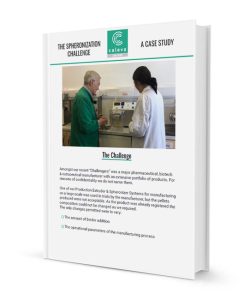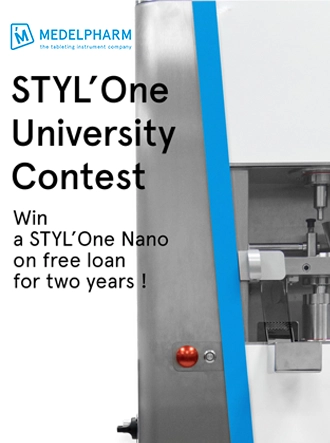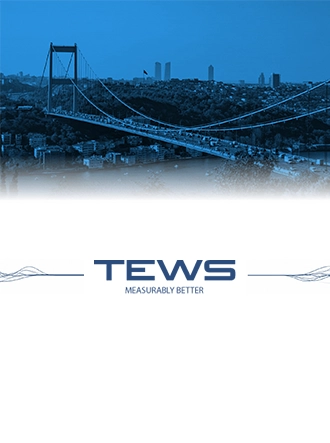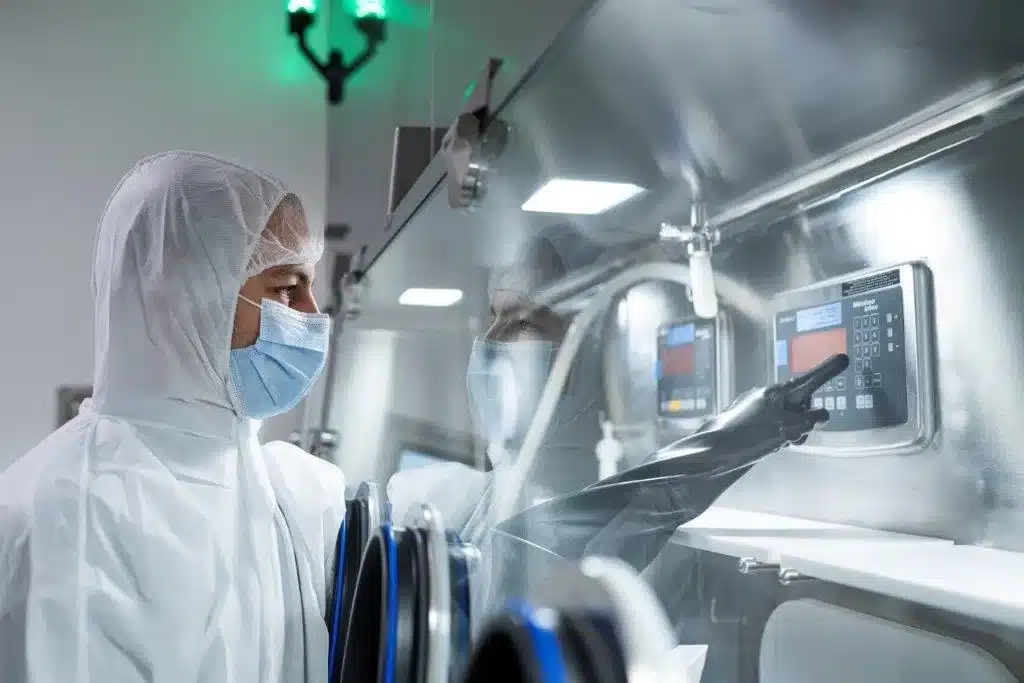Our customer, a major pharmaceutical, biotech & nutraceutical manufacturer with an extensive portfolio of products. For reasons of confidentiality we do not name them.
One of our Production Extruder & Spheronizer Systems for manufacturing on a large-scale was used in trials by the manufacturer, but the pellets produced were not acceptable. As the product was already registered, the composition could not be changed. The only changes permitted were to vary:
- The amount of binder addition
- The operational parameters of the manufacturing process

Download PDF
Download a pdf version of this case study to read or print later
Two key conditions were observed at the customer site
- There was no way to measure the consistency of the material during or after granulation
- The granulation did not appear to be very homogeneous
In our experience, at the development stage, the granulation parameters are often underestimated and the importance and the influence of this process on the final product outcome is often overlooked.Our investigation examines this idea and a “road map” was created which allowed the customer to move forward to manufacture an acceptable product
General Conclusions – the granulation parameters clearly require adjustment
- A more aggressive granulation gives a formulation that is easier to manage and can produce good pellets on a lab scale using the Caleva Multi Lab
- None of the three processes (Granulation, Extrusion and Spheronization) show any difficulty
- There is no evidence of the problematic stickiness
- The process time is longer than we would ideally want it to be



